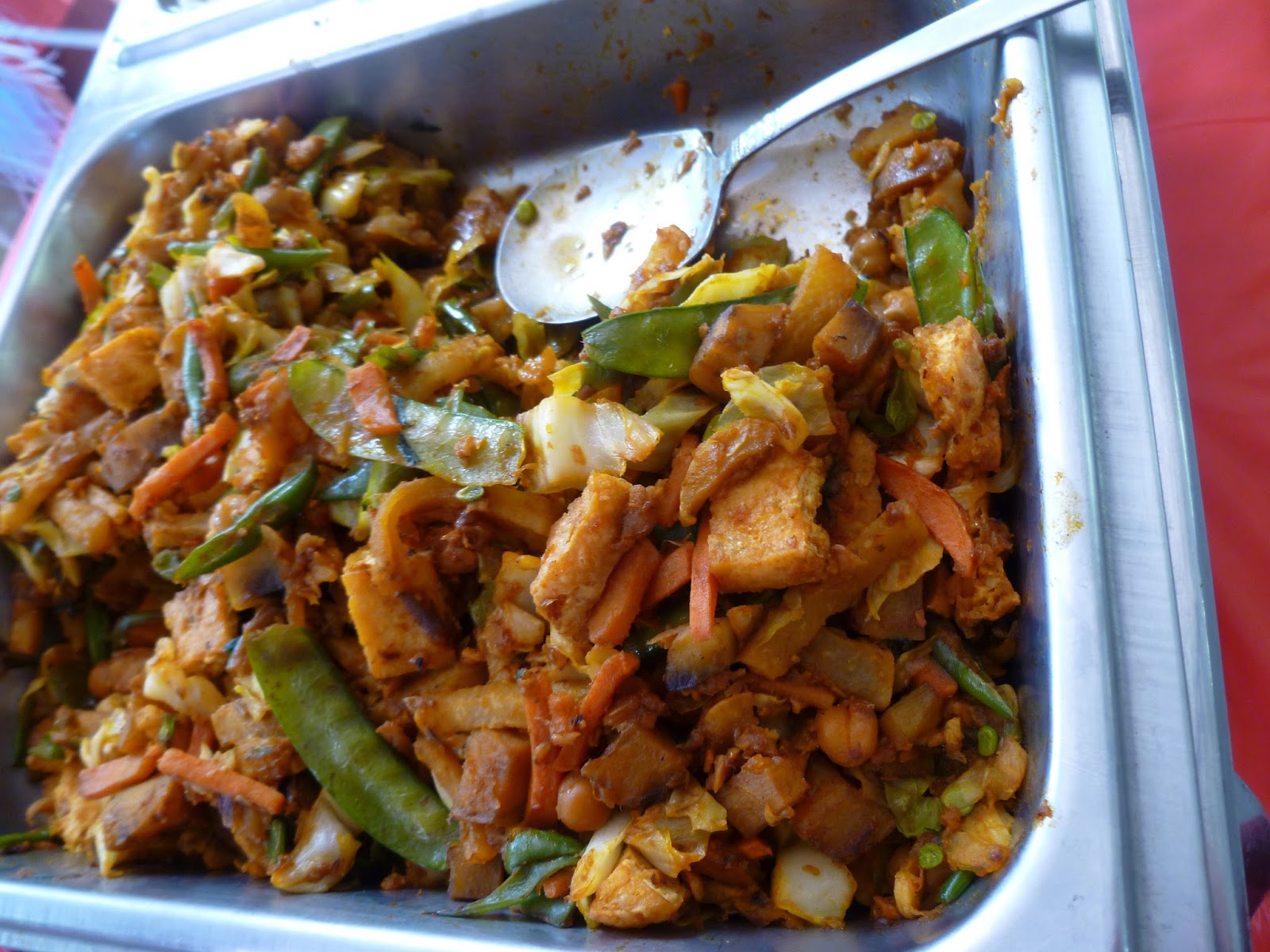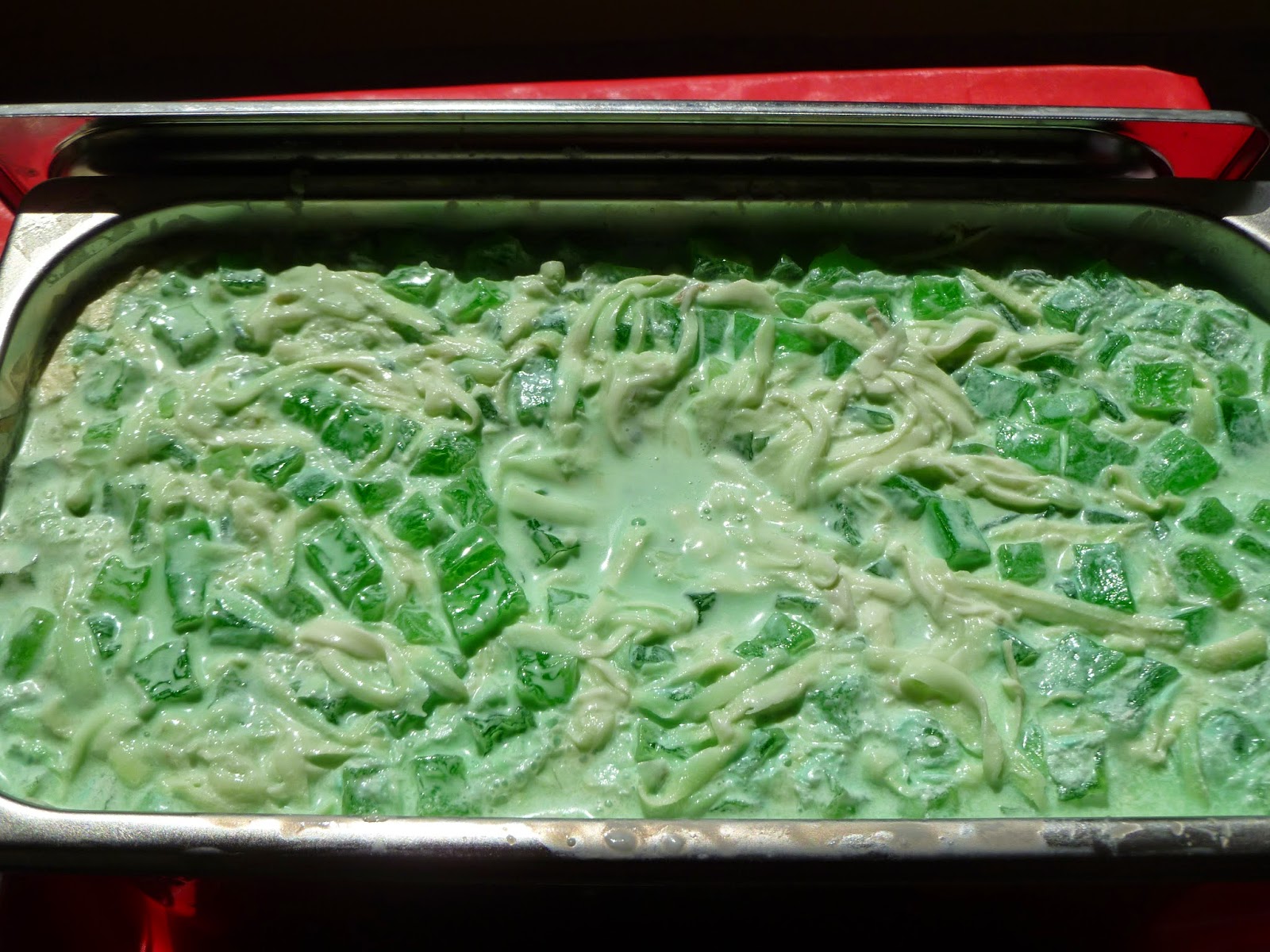One of our tourist excusions of the trip was to travel the 2+ hours (each way) to Villa Escudero south of San Pablo in the province of Laguna. Villa Escudero is a working coconut plantation but it's also a tourist spot, complete with a museum of artifacts collected by the Escudero family, beautiful grounds, waterfalls and a lake.
After the self-guided, self-paced museum tour, we went on a carabao ride to the waterfalls where lunch was served. I have to say, carabaos are tremendously strong "workhorses". A number of us tourists (at least a dozen) boarded a wheeled trolley car, accompanied by the driver, a guitar player and a singer who serenaded us during the brief ride and the carabao pulled us all. I felt sorry for him but he didn't seem unduly burdened and wasn't even that slow for his size.
Let me tell you the food was pretty good too. For people who enjoy eating outdoors with a beautiful view, this was a great place for lunch. It'll go down in my memory as the place that also served the best potatoes I've ever had. That honor had previously belonged to China for the best caramelized sweet potatoes I've ever had but Villa Escudero just broke that 16-year record. I don't know how they made it but it was covered in a crunchy brown sugar coating, almost like a sweet, crunchy breading but it wasn't a breading but more like a crunchy sweet glaze. It's hard to describe but it was freakin' delicious.
 |
| Best Potato Ever |
 |
| So good I had to take another picture of it |
After lunch, we had some time to kill before the show of native dances so we walked around a bit. My niece had fun clowning around with some of the decorative statues sprinkled through the grounds, depicting typical courtship poses in courting young couples back in the day. Ha, there's that Filipino humor again.
There was also a lake where guests/tourists can go paddle boating in old-school style with bamboo rafts. One of my nieces used to be on the dragon boat team for UCLA so she dragged her twin onto the lake, promising she would "do all the work". Yep, her twin fell for it. But they still had a good time.
All in all, a fun excursion and it was really nice to experience such a beautiful resort in the Philippines. We don't usually venture too far out from our hometown so this made for a nice change and it was great to see another side of the Philippines.

































































